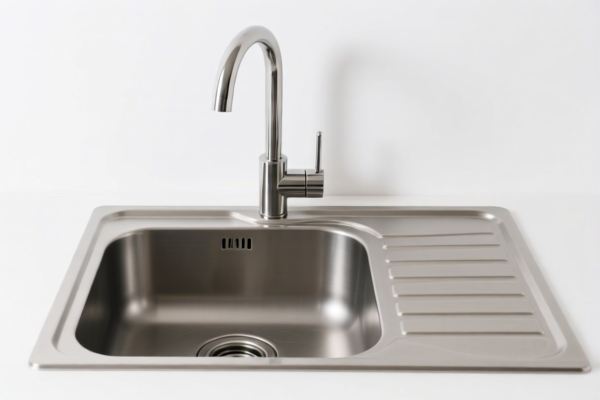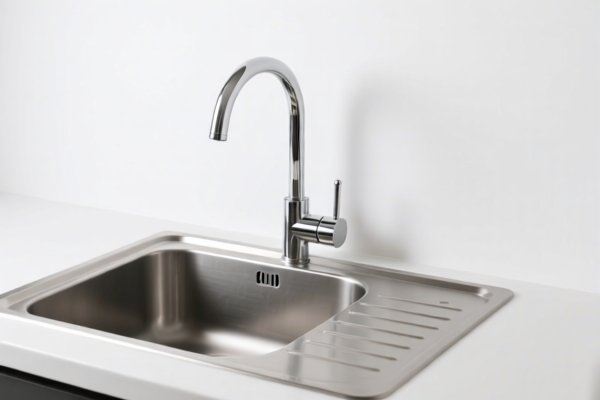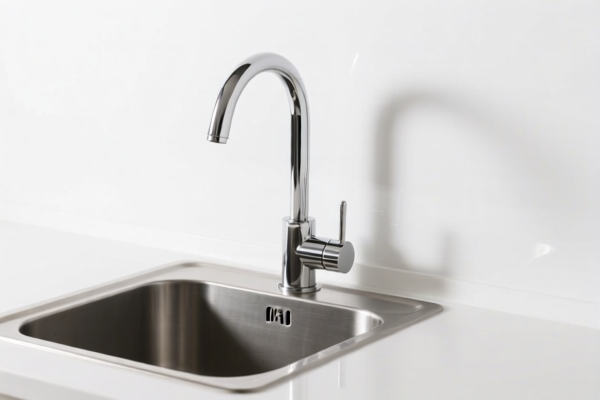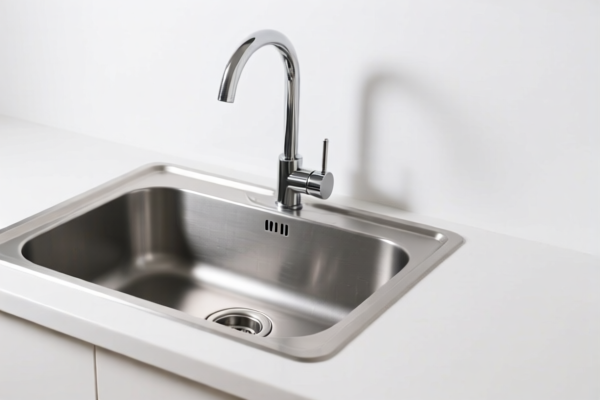| HS Code | Official Doc | Tariff Rate | Origin | Destination | Effective Date |
|---|---|---|---|---|---|
| 3922100000 | Doc | 43.8% | CN | US | 2025-05-12 |
| 7324100010 | Doc | 108.4% | CN | US | 2025-05-12 |
| 7418201000 | Doc | 58.0% | CN | US | 2025-05-12 |
| 7323930080 | Doc | 82.0% | CN | US | 2025-05-12 |
| 3922900000 | Doc | 61.3% | CN | US | 2025-05-12 |




Here is the detailed classification and tariff information for the kitchen sink product, based on the provided HS codes and tax details:
🔍 HS CODE: 3922100000 - Plastic Kitchen Sink
- Description: Plastic material kitchen sink
- Base Tariff Rate: 6.3%
- Additional Tariff: 7.5%
- Special Tariff after April 11, 2025: 30.0%
- Total Tax Rate: 43.8%
- Notes:
- This is a common classification for plastic kitchen sinks.
- The high special tariff after April 11, 2025, significantly increases the cost.
- Proactive Advice: Confirm the exact material composition and whether it's a composite or pure plastic product.
🔍 HS CODE: 7324100010 - Alloy Kitchen Sink
- Description: Alloy kitchen sink
- Base Tariff Rate: 3.4%
- Additional Tariff: 25.0%
- Special Tariff after April 11, 2025: 30.0%
- Additional Tariff on Steel & Aluminum Products: 50%
- Total Tax Rate: 108.4%
- Notes:
- This is a high-tariff category, especially for steel and aluminum alloy products.
- The 50% additional tariff on steel and aluminum products applies.
- Proactive Advice: Verify the exact alloy composition and check if it falls under the steel or aluminum category.
🔍 HS CODE: 7418201000 - Brass Kitchen Sink
- Description: Brass kitchen sink
- Base Tariff Rate: 3.0%
- Additional Tariff: 25.0%
- Special Tariff after April 11, 2025: 30.0%
- Total Tax Rate: 58.0%
- Notes:
- Brass is a type of copper alloy, and this classification is specific to brass.
- The special tariff after April 11, 2025, is significant.
- Proactive Advice: Confirm the material is brass and not another copper alloy.
🔍 HS CODE: 7323930080 - Stainless Steel Kitchen Sink
- Description: Stainless steel kitchen sink
- Base Tariff Rate: 2.0%
- Additional Tariff: 0.0%
- Special Tariff after April 11, 2025: 30.0%
- Additional Tariff on Steel & Aluminum Products: 50%
- Total Tax Rate: 82.0%
- Notes:
- This is a common classification for stainless steel sinks.
- The 50% additional tariff on steel products applies.
- Proactive Advice: Confirm the stainless steel grade and check for any special certifications (e.g., food-grade).
🔍 HS CODE: 3922900000 - Plastic Kitchen Sink (Other)
- Description: Plastic kitchen sink (other types)
- Base Tariff Rate: 6.3%
- Additional Tariff: 25.0%
- Special Tariff after April 11, 2025: 30.0%
- Total Tax Rate: 61.3%
- Notes:
- This is a broader category for other types of plastic kitchen sinks.
- The special tariff after April 11, 2025, is a key consideration.
- Proactive Advice: Confirm the exact type of plastic and whether it's a composite or single material.
📌 Important Reminders:
- April 11, 2025 Special Tariff: Applies to all listed products and may significantly increase the total tax burden.
- Steel & Aluminum Additional Tariff: Applies to products under HS codes 7324100010 and 7323930080.
- Material Verification: Always confirm the exact material and composition of the product to ensure correct classification.
- Certifications: Some products may require specific certifications (e.g., food-grade, safety standards) for import compliance.
Let me know if you need help with customs documentation or further classification details.
Customer Reviews
The detailed breakdown of HS Code 7324100010 for alloy kitchen sinks and the 108.4% tariff is exactly what I was looking for. This page saved me a lot of time.
The information on brass sinks (HS Code 7418201000) was good, but I found the 58% total tax rate a bit confusing. Still, the page provided a solid foundation for understanding tariffs.
The clear explanation of the 30% special tariff after April 11, 2025, for all products is very useful. I now know to double-check the exact material for any kitchen sink I export.
The proactive advice section was helpful, especially the note to confirm the material composition. The high tariff for alloy sinks (HS Code 7324100010) is something I need to be aware of.
This page is a goldmine for anyone exporting kitchen sinks. The explanations of HS Code 3922900000 for other plastic sinks are thorough and well-structured.